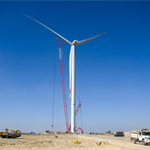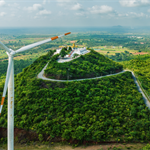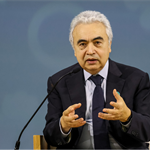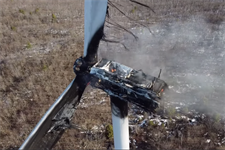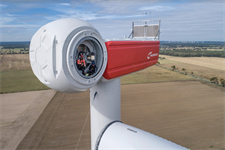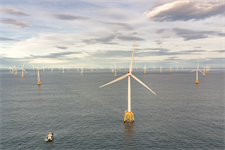Electricity demand outpacing renewables growth, IEA warns
Energy Disrupter
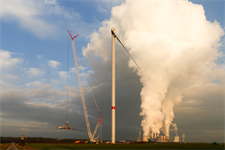
Renewable energy deployment is not happening fast enough to satisfy global growth in electricity demand this year, leading to a rise in the use of coal power, according to a new report from the International Energy Agency (IEA).
Electricity demand is projected to rise 5% this year. With only some of the additional demand being met by renewable energy sources, fossil fuels — and coal especially — are expected to meet half of the increase. This threatens to push carbon emissions from the power sector to record levels in 2022, the “Electricity Market Report July 2021” report warns.
“After falling by about 1% in 2020 due to the impacts of the Covid-19 pandemic, global electricity demand is set to grow by close to 5% in 2021 and 4% in 2022,” the IEA’s semi-annual report finds. The majority of the increase in electricity demand is expected to come from the Asia Pacific region, primarily China and India.
Electricity generation from renewable sources — including hydropower, wind and solar PV — is on track to grow by 8% in 2021 and more than 6% in 2022, the IEA estimates. But this will only allow it to meet around half of the projected increase in global electricity demand over the next two years.
Electricity generated from fossil fuel plants is projected to cover 45% of additional demand in 2021 and 40% in 2022, with nuclear power accounting for the rest, the report states.
CO2 emissions from the electricity sector, which fell in both 2019 and 2020, are forecast to increase by 3.5% in 2021 and by 2.5% in 2022, reaching an all-time high.
“Renewable power is growing impressively in many parts of the world, but it still isn’t where it needs to be to put us on a path to reaching net-zero emissions by mid-century,” said Keisuke Sadamori, IEA’s director of energy markets and security.
“As the economy rebounds after the pandemic, we’ve seen a surge in electrical generation from fossil fuels. To shift to a sustainable trajectory, we need to massively step up investment in clean energy technologies – especially renewables and energy efficiency,” he added.
In a recent report, the IEA highlighted the gap between forecast investment in renewable energy and what is needed to achieve decarbonisation targets.
Coal-fired electricity generation must fall by more than 6% a year to achieve the targets set in the agency’s roadmap to net-zero by 2050.


